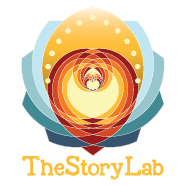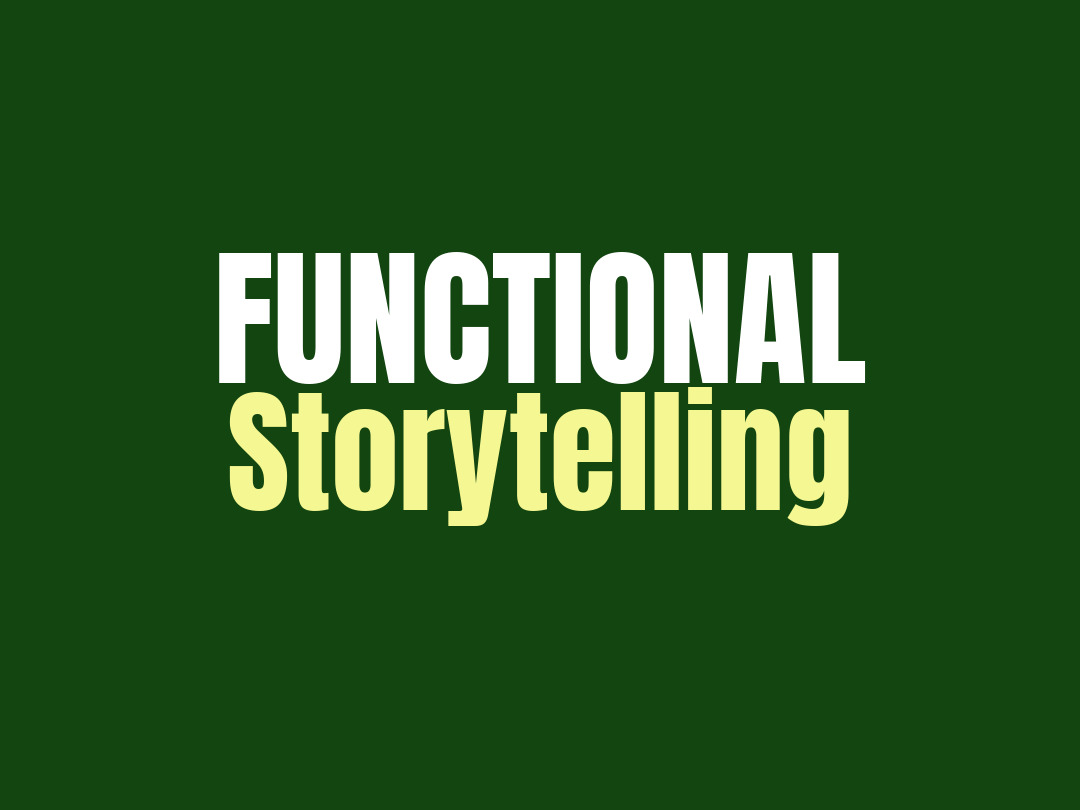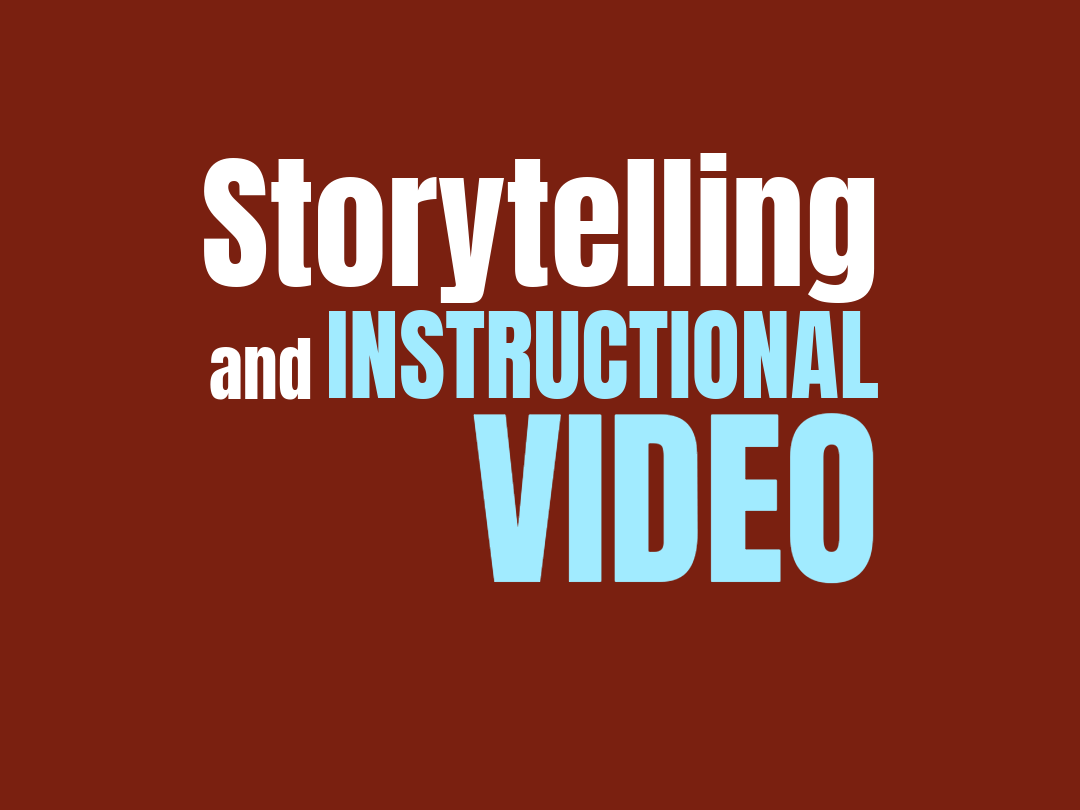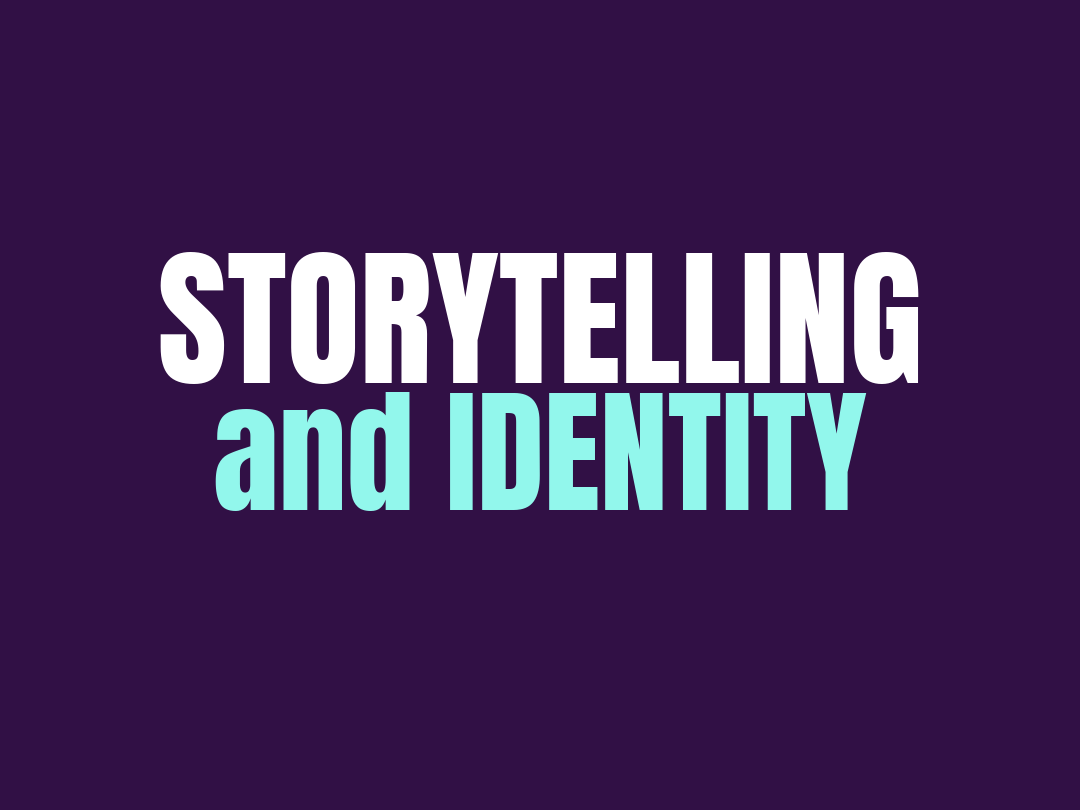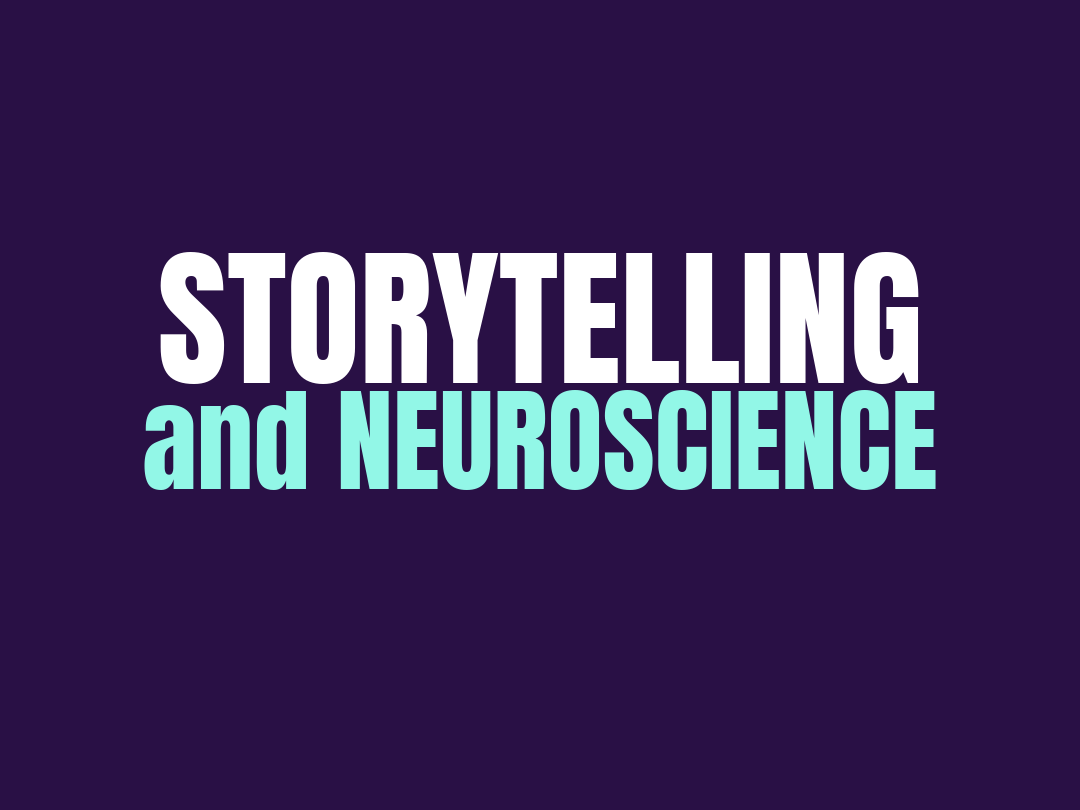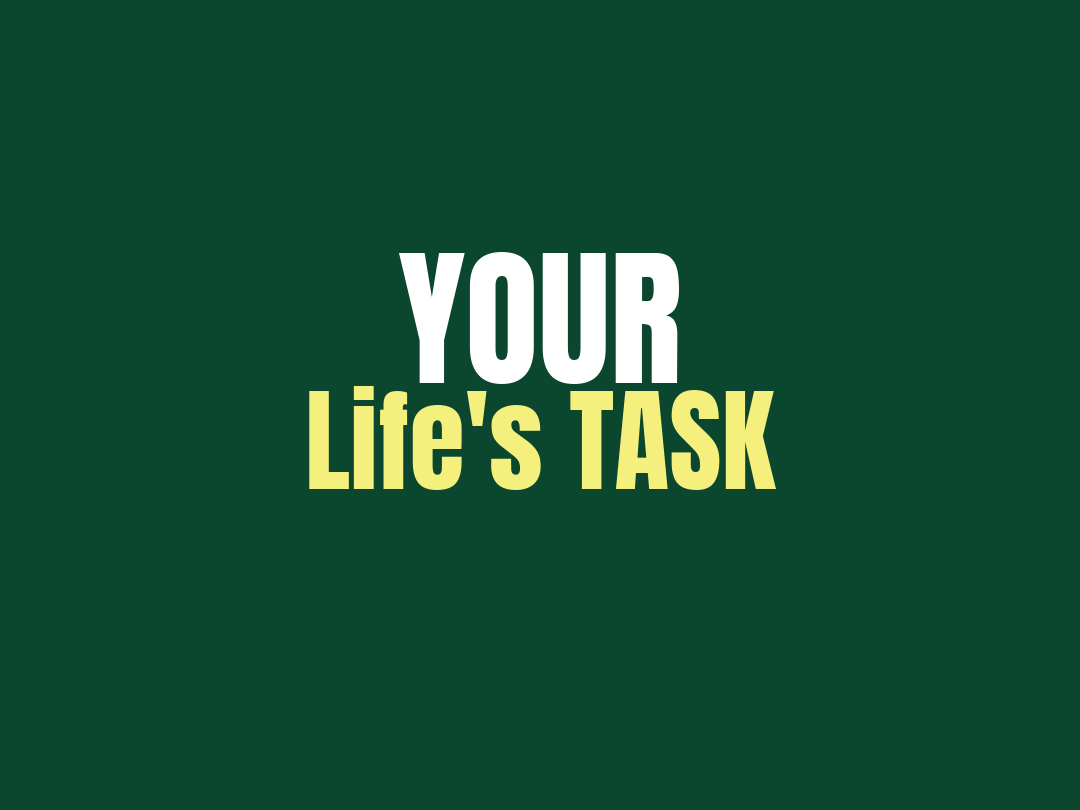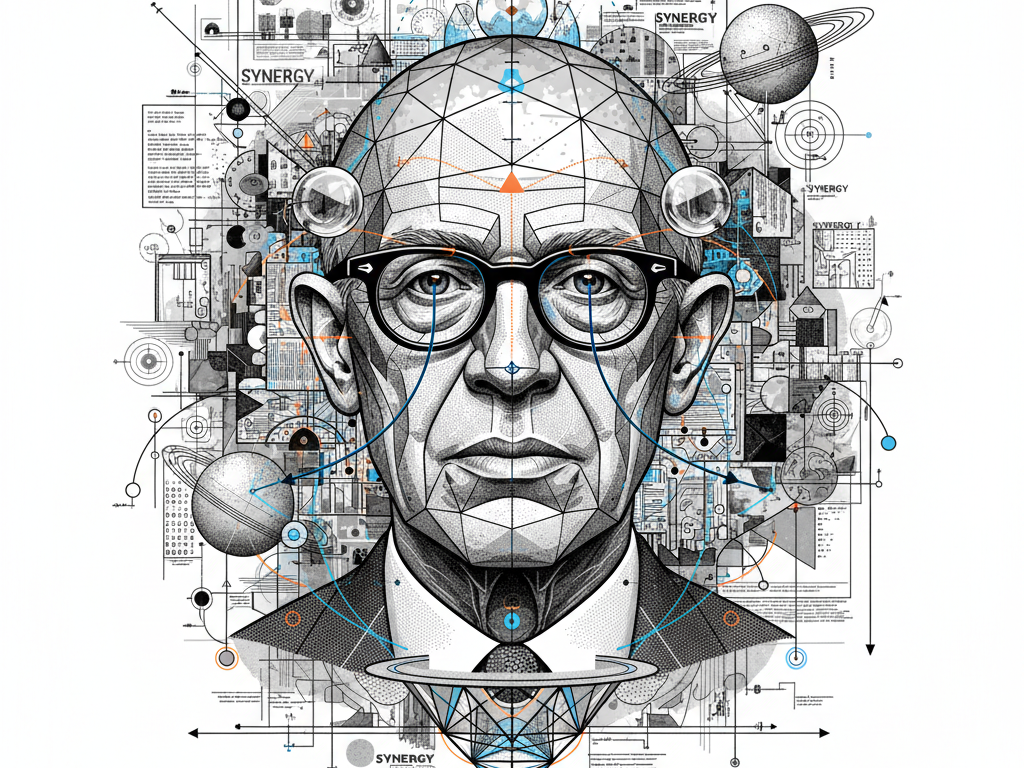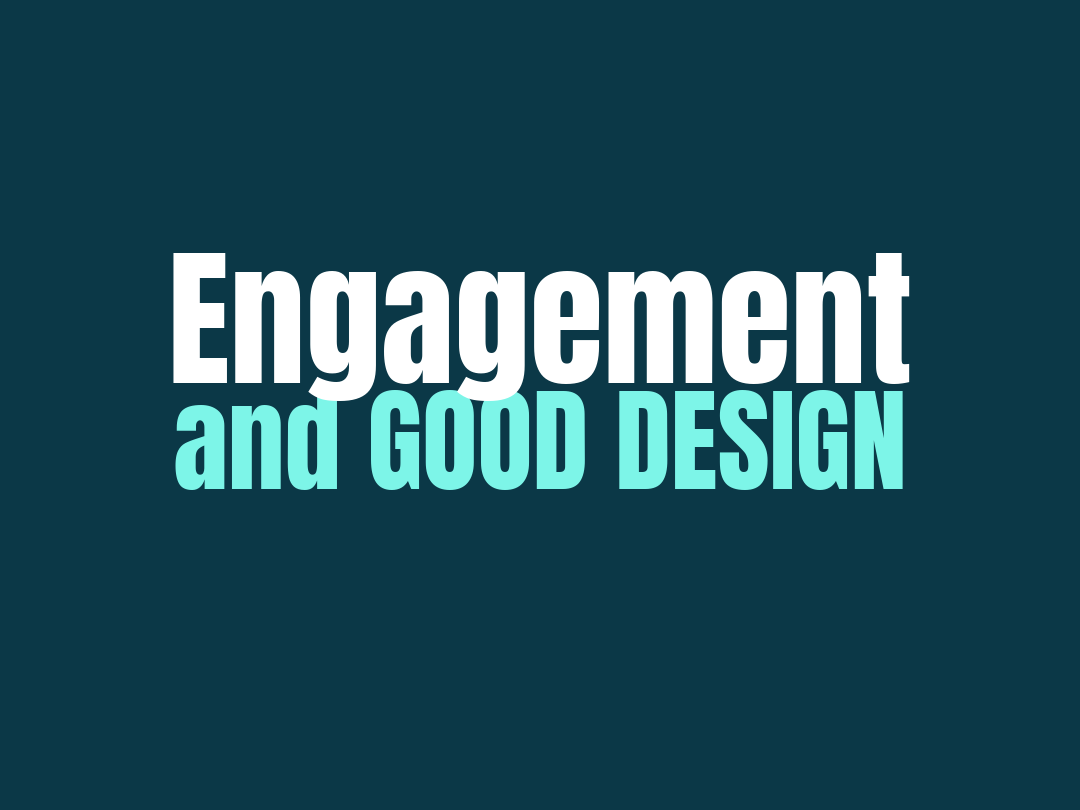TECHNOLOGY AND CREATIVITY
Technology extends human performance (Deason, 2024), enabling individuals and societies to surpass natural limitations by multiplying human capabilities. However, the most powerful technology is not a tool or machine but human creativity itself (Deason, 2024). Creativity drives technological innovation, transforming abstract ideas into practical solutions. As Robinson (2018) asserts, "Creativity is the source of every form of human advancement, from art to science." Without this creative impulse, technological progress would stagnate.
TECHNOLOGY EXPANDS CREATIVE POTENTIAL
Technology should be seen not merely as an end, but as a means to unlock and expand creative potential. McLuhan (1964) famously stated, "We shape our tools, and thereafter our tools shape us," emphasizing the cyclical relationship between technology and human creativity. This interdependence highlights how technological advancements and human innovation continuously shape and redefine one another.
INTUITIVE TECHNOLOGY
Norman (2013) emphasizes that the best technologies are those that seamlessly integrate with human cognitive processes, functioning as natural extensions of our mental models. This suggests that technological design should prioritize human-centered approaches, creating tools that feel like intuitive extensions of our own capabilities, rather than alien or complicated interfaces.
References
Deason, C. (2024, December). Engaging Learners with Instructional Media. Strategies for Learner Engagement course.
Robinson, K. (2018). The Element: How Finding Your Passion Changes Everything. New York: Penguin Books.
McLuhan, M. (1964). Understanding Media: The Extensions of Man. New York: McGraw-Hill.
Norman, D. A. (2013). The design of everyday things. Basic Books.
